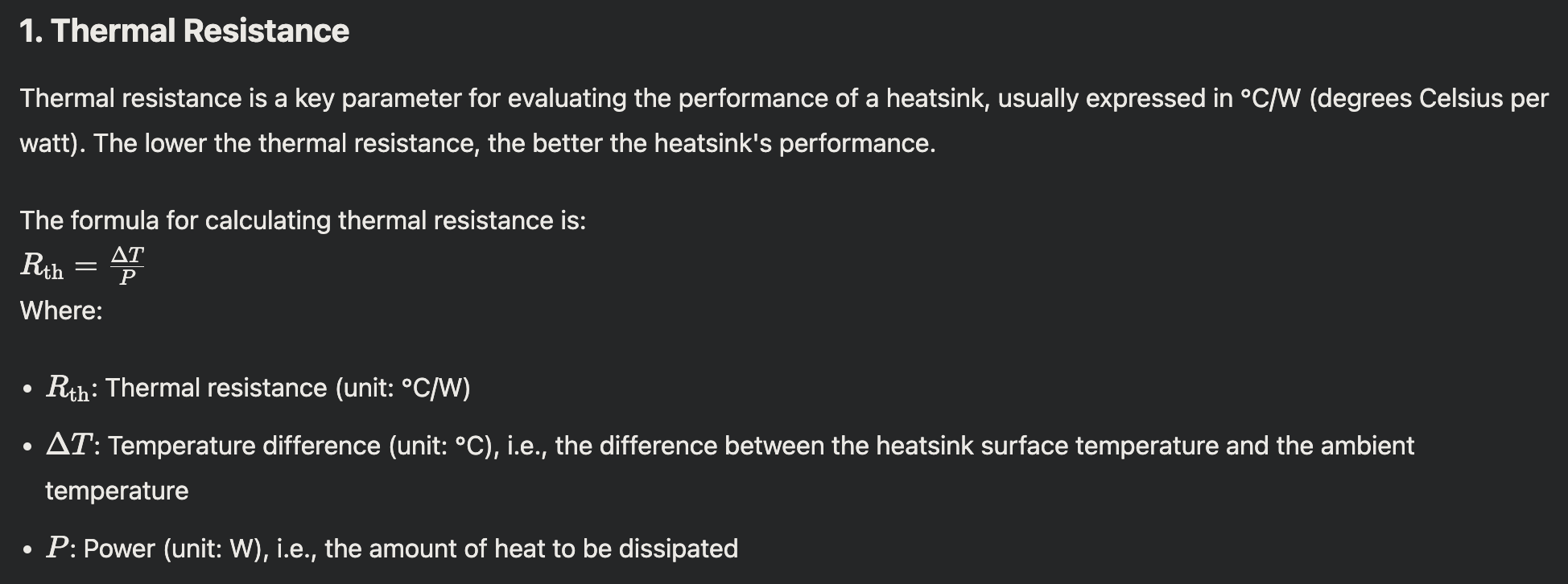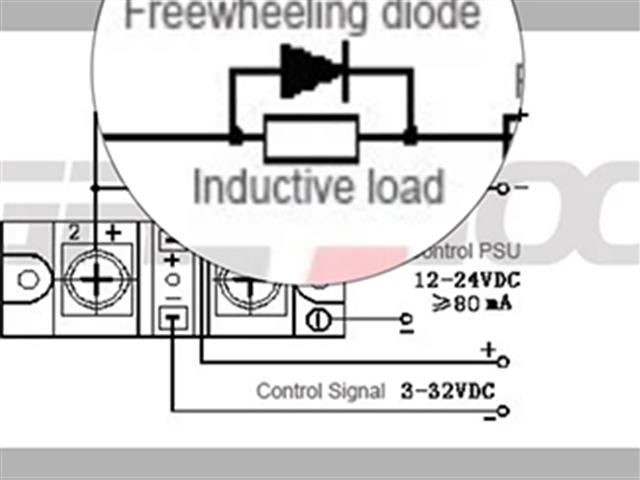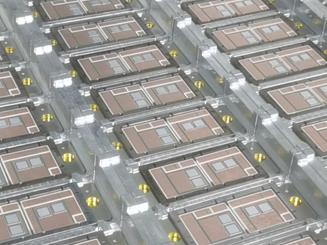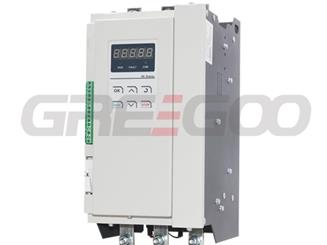Guide to Heatsink Calculation and Selection
A heatsink is a device used for heat dissipation, commonly found in electronic devices to help dissipate heat and prevent overheating. When calculating the performance of a heatsink or selecting an appropriate one, the following aspects are typically considered:


4. Heatsink Material and Design
The material and design of the heatsink also affect its performance:
- Material: Common materials include aluminum and copper. Copper has better thermal conductivity, but aluminum is lighter and more cost-effective.
- Design: The surface area, number of fins, and shape of the heatsink all influence its heat dissipation performance.
5. Practical Considerations
In practical applications, the following factors should also be considered:
- Air Cooling or Liquid Cooling: Air-cooled heatsinks rely on airflow, while liquid-cooled heatsinks use circulating liquid for heat dissipation.
- Installation Method: Ensure good contact between the heatsink and the heat source. Thermal paste or thermal pads can be used to improve heat conduction efficiency.

Solid State Relay - Industrial Application - 60A to 500A @ 480V and 660VAC 4-32VDC
Solid State Relay - Industrial Application - 60A to 500A @ 480V and 660VAC 4-32VDC
Read More
The Critical Role and Application Analysis of Freewheeling Diodes in Solid-State Relay
The freewheeling diode plays a critical protective role in solid-state relays, especially when controlling inductive loads. It effectively suppresses back electromotive force, protects the power components of the solid-state relay, reduces electromagnetic interference, and enhances the stability and reliability of the circuit.
Read More
Sintering process in the chip of solid-state relays is of significant importance.
The use of sintering process in the chip of solid-state relays is of significant importance, primarily for the following reasons
Read More
3 Phase Universal SCR Power Controller
Universal SCR power controller, three phase 25A to 2500A, single phase 10A to 800A, can fully replace brands such as Germany's AGE, Japan's RKC, Italy's CD, and brands from Europe, America, Japan, and Korea.
Read More














